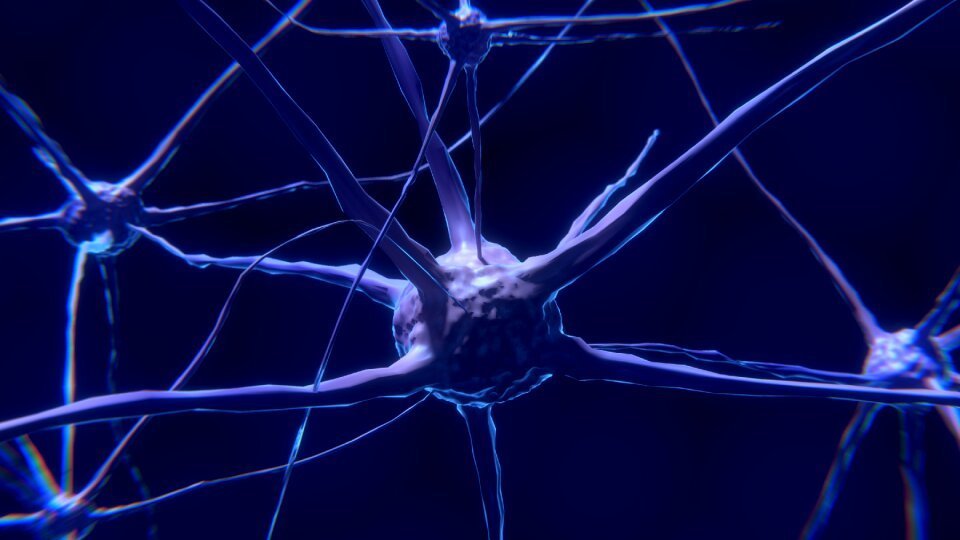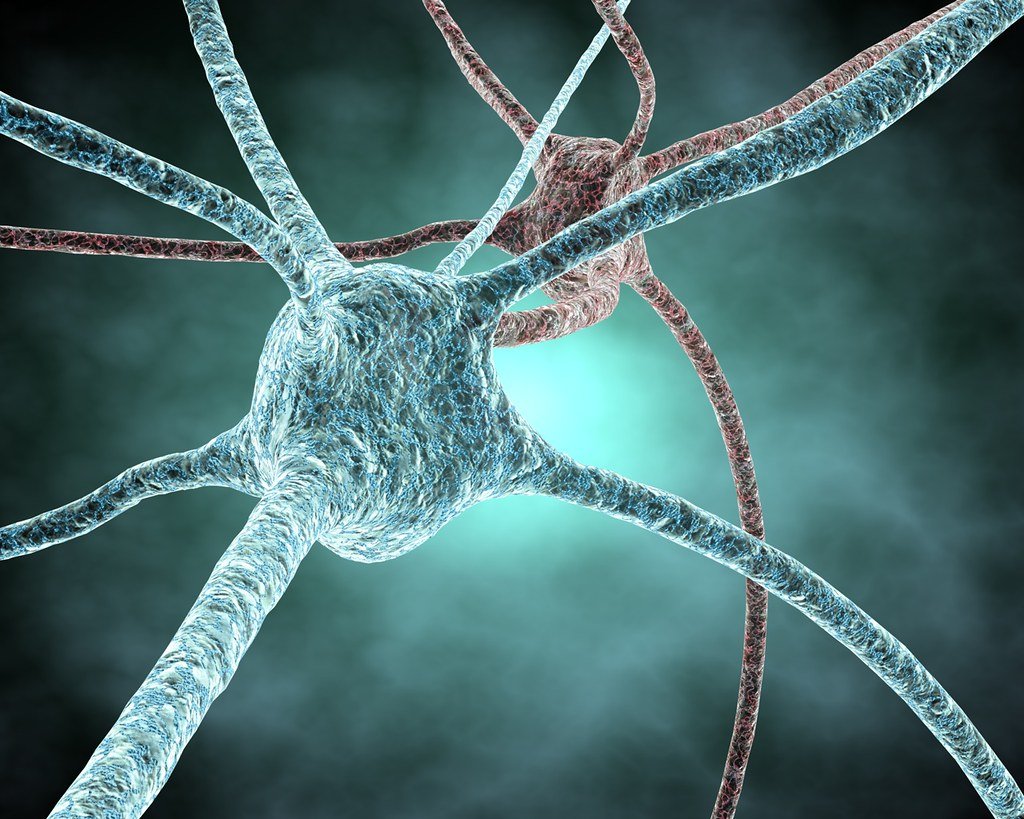Alive Blog
The nervous system
The network that allows us to function
You probably heard the expression countless times: the “nervous system”. You might have an idea, you might know the anatomy, but this post will clarify and explain what exactly the nervous system is, what are its functions and how does it work.
The human NS is a marvel of complexity, orchestrating the symphony of our thoughts, actions, and perceptions. At the heart of this intricate network lies the brain and spinal cord, working in tandem to regulate our body’s functions and enable us to experience the world around us. In this blog post, we will delve into the fascinating world of the NS, starting with an exploration of the brain’s different parts and functions, and subsequently, understanding the significance of the spinal cord.
The Brain: command center
The brain, weighing just about three pounds, is a powerhouse of activity that governs our every move and sensation. Comprising numerous specialized regions, each with unique roles, the brain collaboratively ensures our survival, emotions, and cognition.
Some terminology:
Cerebrum. It is the largest part of the brain, the cerebrum, is responsible for higher-order functions like conscious thought, reasoning, sensory perception, and voluntary muscle movement. Divided into two hemispheres—left and right—it further segregates into four lobes: the frontal, parietal, temporal, and occipital lobes, each contributing to different aspects of our experience.
Cerebellum. Nestled beneath the cerebrum, the cerebellum is tasked with coordinating movement, balance, and posture. It plays a crucial role in ensuring fluid and coordinated physical activities.
Brainstem. The brainstem connects the brain to the spinal cord and controls fundamental bodily functions such as breathing, heartbeat, blood pressure, and digestion. It’s comprised of the midbrain, pons, and medulla oblongata.
Limbic System. This intricate system governs emotions, memory, and motivation. The hippocampus processes memories, the amygdala manages emotional responses, and the hypothalamus regulates bodily functions and hormone production.
The Spinal Cord: Information Superhighway
Running from the base of the brain down the spine, the spinal cord acts as a vital conduit, transmitting sensory and motor signals between the brain and the rest of the body. Its structure comprises a central gray matter region surrounded by white matter columns.
Sensory pathways: The spinal cord plays a pivotal role in relaying sensory information—touch, pain, temperature, etc.—from different parts of the body to the brain for processing and interpretation.
Motor pathways. Conversely, motor signals generated in the brain are transmitted through the spinal cord to muscles and glands, orchestrating movements and physiological responses.
Reflex arcs. The spinal cord also hosts reflex arcs, allowing rapid, involuntary responses to potentially harmful stimuli. Reflexes occur without conscious thought, showcasing the spinal cord’s ability to process information independently of the brain.

Somatic and autonomic
Somatic
The somatic nervous system is responsible for the voluntary control of our body’s movements and the conscious perception of sensory information. It consists of sensory and motor neurons that transmit signals between the central NS – or CNS – (brain and spinal cord) and the muscles, skin, and sense organs. Here are the key points:
The somatic NS is under our conscious control. When you decide to move your arm, walk, or scratch your nose, you are consciously using this system to initiate and control those movements.
It processes sensory information from the external environment and sends it to the brain for perception. This includes sensations like touch, pain, temperature, and proprioception (awareness of body position).
The somatic NS controls skeletal muscles and is responsible for executing voluntary movements. It sends signals from the brain to the muscles to carry out specific actions.
The pathway in the somatic nervous system involves a single neuron, called the upper motor neuron, which originates in the motor cortex of the brain and directly connects to the skeletal muscles.
Autonomic
The autonomic nervous system, on the other hand, is responsible for the involuntary regulation of internal organs and bodily functions to maintain homeostasis, the body’s stable internal environment. It operates without conscious control and is divided into two main branches: the sympathetic nervous system and the parasympathetic nervous system. Here’s a breakdown:
The autonomic nervous system operates involuntarily and automatically. It controls functions such as heart rate, digestion, respiratory rate, and blood pressure without us consciously thinking about them.
It regulates the internal organs, glands, and smooth muscles of the body. This includes controlling processes like digestion, circulation, respiratory rate, and glandular secretion.
The autonomic system is divided into two branches that often have opposing effects to maintain balance. The sympathetic nervous system is associated with the “fight or flight” response, preparing the body for intense physical activity. The parasympathetic nervous system is associated with the “rest and digest” response, promoting relaxation and conservation of energy.
The pathway in the autonomic nervous system typically involves two neurons: the preganglionic neuron (originating in the central nervous system) and the postganglionic neuron (extending from the autonomic ganglion to the target organ).
In essence, the somatic nervous system controls voluntary movements and conscious sensory perception, while the autonomic nervous system regulates involuntary functions and maintains internal balance. Both systems work together to ensure our body functions optimally in response to internal and external stimuli.

Sympathetic and parasympathetic
The parasympathetic and sympathetic nervous systems are two distinct branches of the autonomic nervous system with opposing functions that work together to regulate various bodily functions. Let’s delve into the differences between the parasympathetic and sympathetic nervous systems:
Parasympathetic NS:
“Rest and Digest”
The parasympathetic nervous system is often associated with promoting a state of relaxation, recovery, and energy conservation. It dominates during times of rest and recovery when the body is not facing immediate threats.
Functions
It is responsible for slowing down heart rate, constricting the pupils, stimulating digestion, and promoting bodily processes that occur when the body is at rest. This includes activities like salivation, digestion, and elimination.
Neurotransmitter.
The primary neurotransmitter used by the parasympathetic nervous system is acetylcholine. It is released by both the preganglionic and postganglionic neurons, transmitting signals between nerve cells.
Location of ganglia
The preganglionic neurons of the parasympathetic nervous system are located near or within the target organs, and the postganglionic neurons are short, making them close to the target tissues.
Craniosacral Outflow
The parasympathetic nervous system is often referred to as the craniosacral outflow because its preganglionic neurons originate in the brainstem (cranial nerves) and the sacral region of the spinal cord.
Sympathetic Nervous System:
“Fight or Flight” Response
The sympathetic nervous system is known for triggering the body’s rapid response to stress or threats, preparing it for intense physical activity or a “fight or flight” situation.
Functions
It increases heart rate, dilates pupils, redirects blood flow away from the digestive system towards skeletal muscles, stimulates the release of adrenaline, and initiates processes that boost the body’s ability to respond to emergencies.
Neurotransmitter
The preganglionic neurons of the sympathetic nervous system release acetylcholine, but the postganglionic neurons release norepinephrine (also known as noradrenaline), which activates the fight or flight response.
Location of Ganglia
The ganglia (clusters of nerve cell bodies) of the sympathetic nervous system are located closer to the spinal cord, along a chain extending parallel to the spinal column.
Thoracolumbar Outflow
The sympathetic nervous system is also referred to as the thoracolumbar outflow because its preganglionic neurons originate in the thoracic and lumbar regions of the spinal cord.
In summary, the parasympathetic and sympathetic nervous systems are complementary branches of the autonomic nervous system that balance each other to regulate various bodily functions. The parasympathetic system promotes relaxation and digestion, while the sympathetic system prepares the body for action and heightened alertness. Together, they help the body respond appropriately to different situations and maintain internal equilibrium.
Edoardo Elisei DC
Alive Chiropractic LTD
alivechiropractic.co.uk
1C Crown Gate Square
POUNDBURY
01305602314
15/8/2023
Alive Chiropractic Poundbury
1C Crown gate square DT1 3EJ
Poundbury, Dorchester
Phone Number
01305602314
07845096314






















